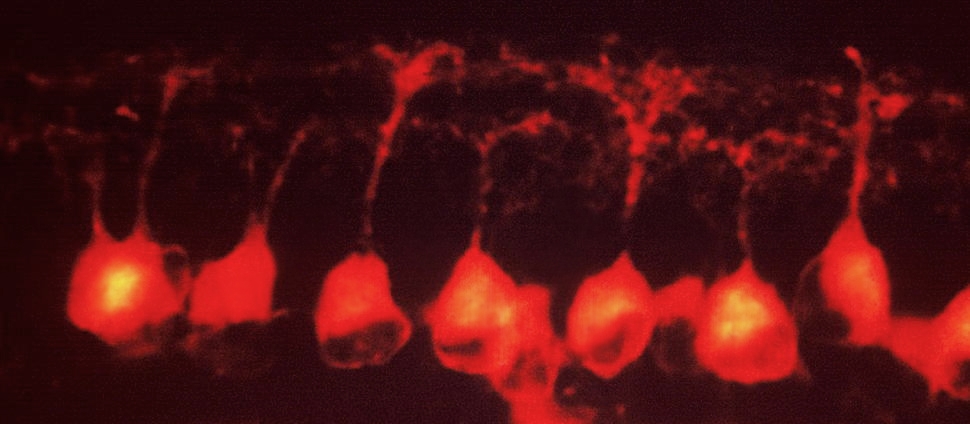Extinction Learning as a Potential Mechanism Linking High Vagal Tone with Lower PTSD Symptoms among Abused Youth
Peer reviewed accepted manuscript.
Abstract
Childhood abuse is a potent risk factor for psychopathology, including posttraumatic stress disorder (PTSD). Research has shown high resting vagal tone, a measure of parasympathetic nervous system function, protects abused youth from developing internalizing psychopathology, but potential mechanisms explaining this effect are unknown. We explored fear extinction learning as a possible mechanism underlying the protective effect of vagal tone on PTSD symptoms among abused youth. We measured resting respiratory sinus arrhythmia (RSA) and skin conductance responses (SCR) during a fear conditioning and extinction task in youth with variability in abuse exposure (N = 94; aged 6–18 years). High RSA predicted lower PTSD symptoms and enhanced extinction learning among abused youths. In a moderated-mediation model, extinction learning mediated the association of abuse with PTSD symptoms only among youth with high RSA. These findings highlight extinction learning as a possible mechanism linking high vagal tone to decreased risk for PTSD symptoms among abused youth.


